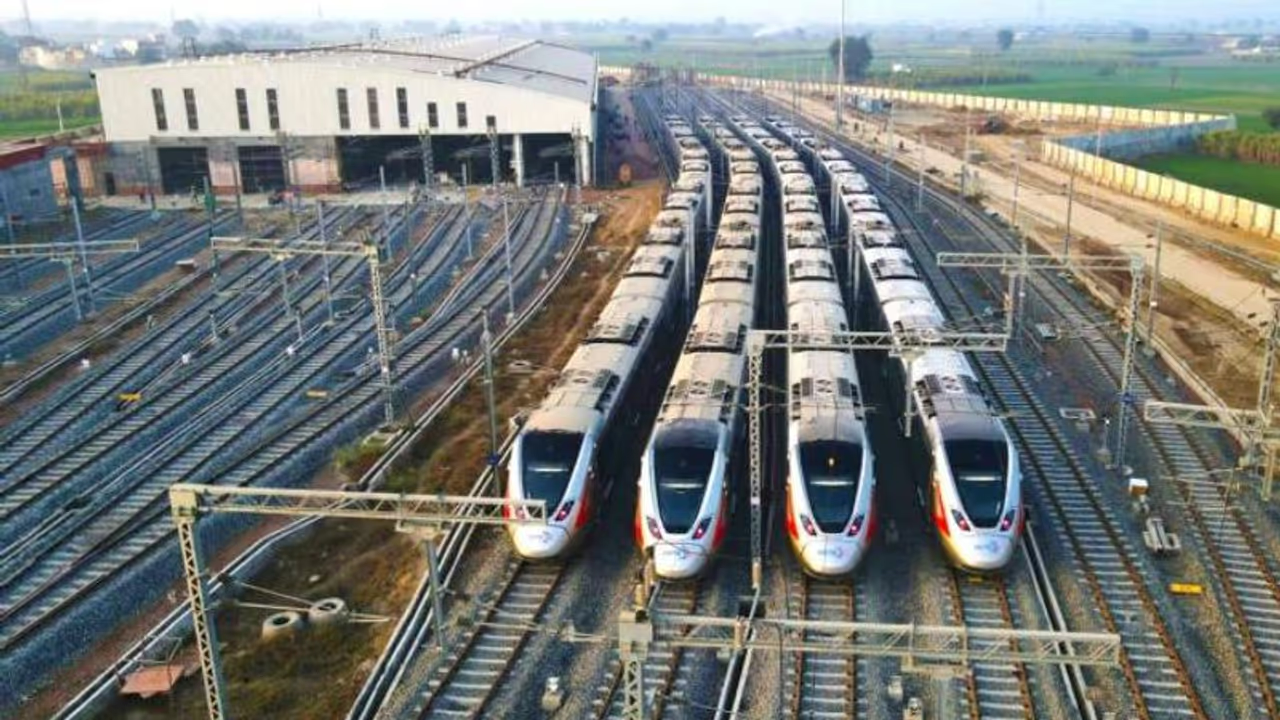Maharashtra Rail Infrastructure Development Corporation (Maharail), however, said that all the issues would be resolved and necessary precautions would be taken.
Researchers at the Giant Metrewave Radio Telescope (GMRT) in Pune are worried about disruption of the scientific facility operations due to the continuous movement of trains on the route located near the observatory antennas. The concerns have been heightened due to following the Pune-Nashik High-Speed Rail project getting in-principle approval from the Centre.

Maharashtra Rail Infrastructure Development Corporation (Maharail), however, said that all the issues will be resolved and necessary precautions would be taken.
Also Read: Virginity test on female accused sexist, unconstitutional, says Delhi High Court
The National Centre for Radio Astrophysics (NCRA) of the Tata Institute of Fundamental Research operates the Giant Metrewave Radio Telescope, which operates at 150-1420 MHz and is located 80 km away from Pune city in Khodad, consists of 30 antennas each of 45 m diameter.
The Railways ministry has accorded 'in-principle approval' for the Pune-Nashik high-speed rail project, which is expected to provide seamless connectivity to the industrial zones of both the cities and boost development, Maharashtra Deputy Chief Minister Devendra Fadnavis said on Sunday.
A Giant Metrewave Radio Telescope source said that the route chosen for the high-speed rail project passes through Narayangaon, which is within the 15 km circle of the antennas at the facility, and very close to some of the antennas.
The closest distance (of the rail project route) is less than one kilometre from one of the antennas.
When a high-speed electric train moves, its pantograph touches the high power line, and that is like make-and-break contact and sparks are generated which produce unwanted radiation. Because of this, the whole route is going to be very dangerous (for GMRT operations), the source said.
Besides this, what accentuates the problem is that modern trains have communication systems that are normally of frequencies at which the GMRT operates, the source added.
According to NCRA Director Yashwant Gupta, a dialogue has been initiated with Railway authorities to deal with the issue.
Under the circumstances, granting approval to go ahead (with the high-speed rail project) is worrisome for us, he said.
However, Maharail Managing Director Rajesh Kumar Jaiswal sought to downplay the controversy and said that necessary precautions would be taken and all the issues would be resolved when the actual rail line work started.
With agency inputs
Also Read: Aero India 2023 to impact flight operations at Bengaluru airport from today; check details
